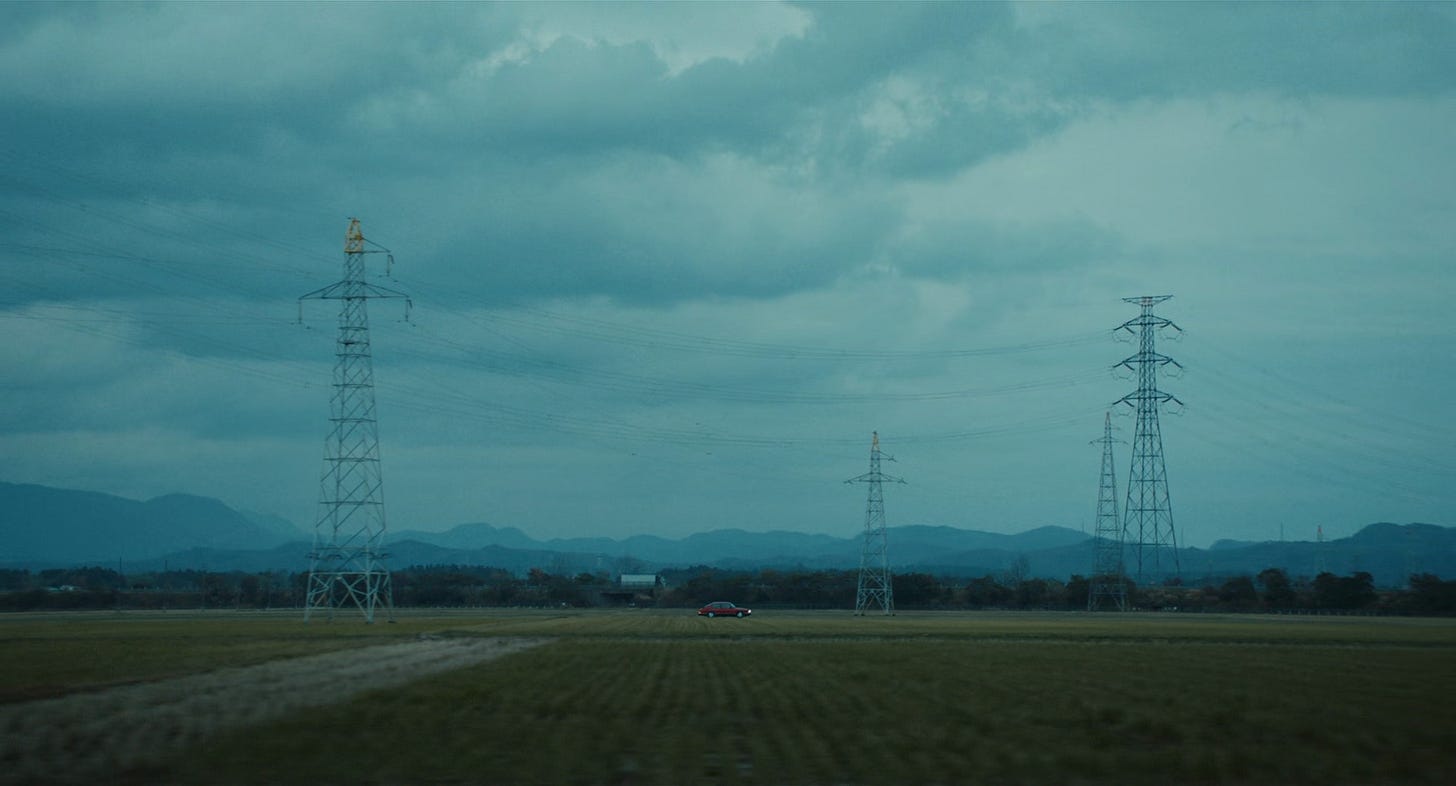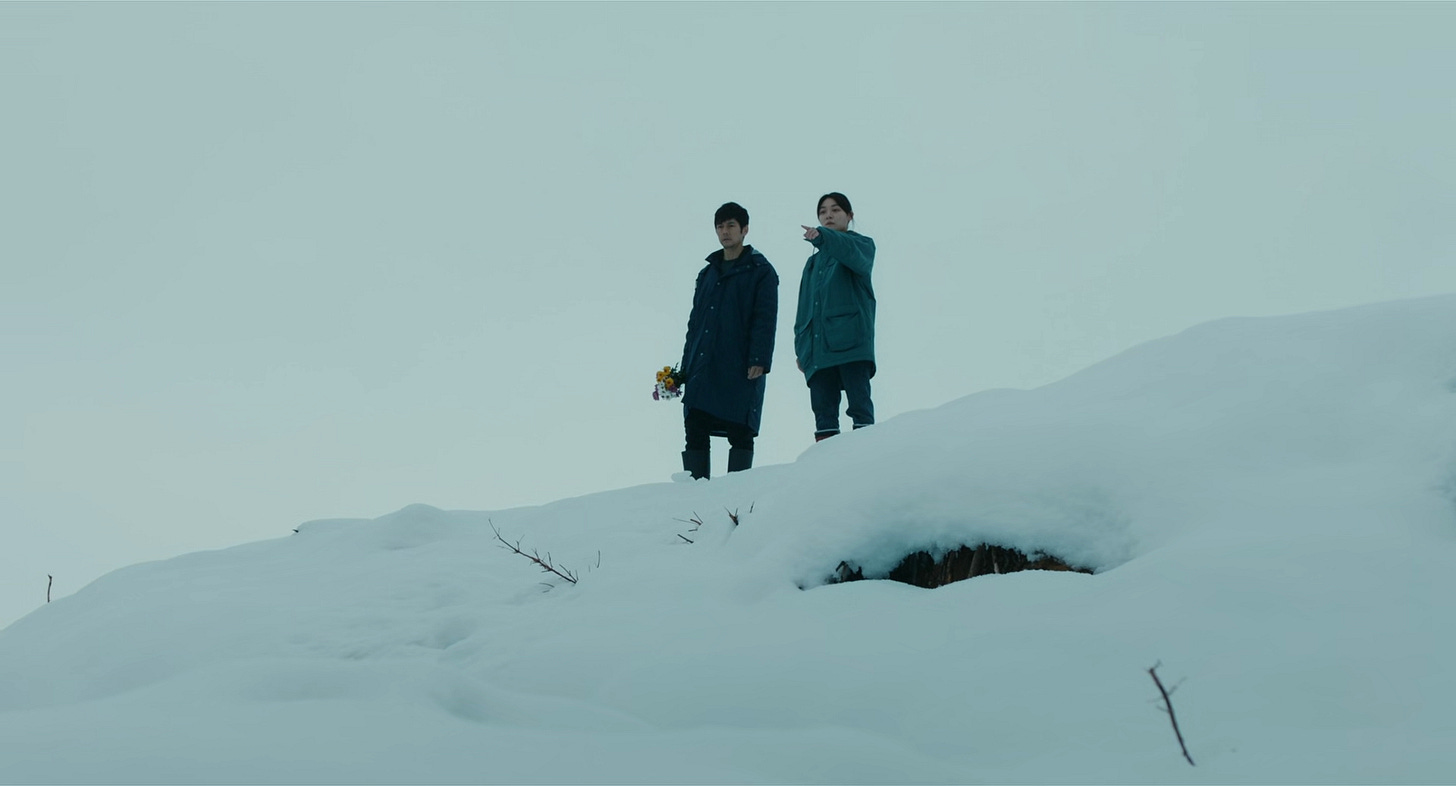The past few weeks of my inactivity have been spent pondering on the validity of my art. I’ve tried and failed at doing what I’m supposed to love. It’s akin to a building brought to its knees and crushed under the weight of tempted providence to reveal a foundation built upon graves reading lapidaries such as “Here lies a broken heart,” “An idea unexplored,” “From life to love to nothing.” Picking yourself back up is hard. No one tells you your arms will be weak, your legs will tighten, your breath will become heavy, and your eyes blurry. No one tells you the words won’t come out as they are meant to, or you’d add too much salt to the spaghetti’s sauce, or that you will forget to wash the dishes before you sleep off on the couch watching your favorite film again because you want to feel something. The signs remain subtle until they compound into a huge boulder right in front of you and you blame the indifferent universe for your rotten luck. Look a little closer and you will see that staring right back at you is a mirror image of yourself enlarged and enhanced to the size of that boulder-ish conundrum, and not some fated divine misfortune. Naturally, my response to this was to dive into the sea of films made by people with similar insecurities, allowing the waves sway me back and forth, becoming one with them so as to experience the fullness of their crest and be washed ashore as they crash into the sandy beach, only to be picked up by the backwash and find myself in an endless cycle of emotional undulation.
I watched Drive My Car for the first time at a pivotal point in my life. I’d experienced disappointment with hard consequences for the first time and needed something that would help me come to terms with the overwhelming sense of melancholy that clouded my mind. Drive My Car acted as a piercing beam of light through the clouds and pointed at the source of my melancholy. And so it became a film I’d hold dear to my heart such that conditions to rewatch it had to be just right. I would occasionally avert my mind’s gaze to this film, re-entering its compelling narrative told through really great filmmaking and becoming those characters I watched interact within the confined space of the quasi-reality that is cinema. In recent weeks, the conditions were finally right enough to revisit the film. I’d entered a state of mind that meant anything I watched would have my full attention and so I watched Drive My Car, this time with a pen and paper ready to take notes on the film, something I’d never previously done. What struck me the most on this rewatch was the car (Yes, the car in Drive My Car struck me the most) because I’d only then realized the reason for the title.
The 15-year-old, well maintained red Saab 900 Turbo acts as a sanctuary for Kafuku, our protagonist, but beyond that it is an extension of his mind, a kind of physical projection of all that is in his head. It is within this car that we observe Kafuku keep his dead wife alive through conversations with a pre-recorded cassette tape of lines from Uncle Vanya, have a conversation with another character that reveals depth his wife had that he willingly ignored to remain entranced by his conclusion on her nature, and come to terms with his grief and general dissatisfaction with life through a mutually symbiotic relationship with Misaki, a curious young driver who is at the age his dead daughter would have been if she were alive. All the layers of emotional instability that we peel back on happen within or around the car, hence the mood of the film is set by the car: a shared moment of emotional fragility through cigarettes as Misaki drives Yusuke to her hometown following a major turning point in the story, surveying the landscape as we drive with Yusuke and Misaki into dark uncertainty, Misaki’s gentle tap on the car when Yusuke tells her he needs a place to think, and their coming to terms with grief outside of the car in a field that once occupied Misaki’s childhood home now buried under heaps of snow and a cut to that same car, empty. The narrative revolves around this curious material object that now possesses the incorporeal, amidst the meta-commentary that exists with the use of the Uncle Vanya play as a plot driving device in the film.
It makes me think about what material objects we give the immaterial property of our consciousness. It is as if we break ourselves into many pieces and attach those pieces to these objects, put them all together, and become an assemblage of these objects and the remaining fragments of ourselves. Kafuku in a phenomenological sense could not exist outside of the confines of his car. It became a liberating space for him and an extension of his existence. But this extension begun to live on its own, make decisions for him, becoming a mild form of incarceration masqueraded as liberation. I feel the same way about my phone and this distinct cyberreality I live in that is separated from corporeality but is still inextricably linked to it, because that cyber reality does not exist without me. This cyberreality is as real as everything in front of me, but in the truest of senses, the most sight seeing, ear hearing, hand touching, tongue licking, nose smelling of senses, it does not exist; I however still cannot deny its existence on a frontier above—some argue below—the plane of physical perception; this frontier is not, in my view, metaphysical: I’d argue that it exists just below the imaginary, because my consciousness does exist online, but in a perfectly curated manner that appeals to my ideal physical existence. I found it interesting that Hamaguchi, and Murakami in the first degree, explored this phenomenon using a “moving” object. Movement is an integral part of life. It’s necessary that organisms move to remain alive and to find places with greater abundance of resources. Often, non-movement is the first signifier that an organism may not be alive anymore. The car is an object that is simultaneously a moving and non-moving object, in that it needs an external being to become confined within its chassis and control its mechanisms in order to move and fulfil that necessary characteristic of life. Knowing this, one begins to realize why the name “Drive My Car” was chosen as the title of the short story and in turn the film.
Kafuku had a static mind that could not—refused to—understand other people talk less grapple with the severity of grief. He needed an external individual, despite his initial protestations and skepticism, to “move” his mind from the dark alleyway he loved to claim was the only environment he could thrive in to more hopeful, sunny, brighter alleyways and eventually outright rejection of the car as his immaterial material object. It became such that those external individuals came into the car, drove the car—or simply remained seated in the car—and gained clarity as well. I love the final image of a content Misaki, who underwent more than her fair share of trauma, in her own car with a dog and recently bought groceries driving off into an optimistic future. She’s rejected other people’s cars as her moving metaphor for a young, turbulent mind and has gained stability in her own car.
I don’t love cars, never cared for them, but I suddenly want a Saab 900 Turbo because maybe I’ll have the catharsis I need in it too.









wow, such a nice way to dissect a movie